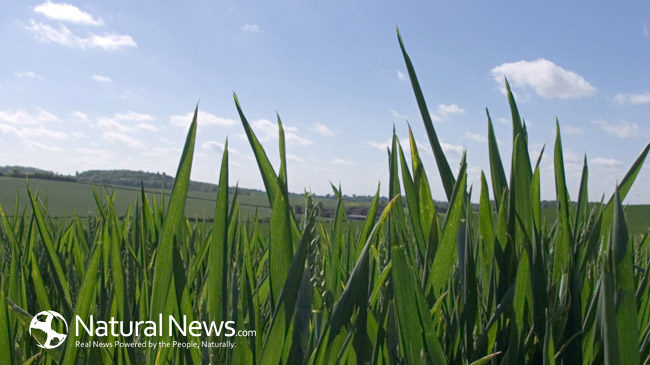Topping is a very beneficial method that may allow a grower, whether indoor or outdoor, to yield a larger harvest off of almost any plant that grows above ground. Traditionally plants are grown and harvested naturally without too much additional work done in order to attempt a potentially higher yield. However, as of late, and especially for indoor gardeners, topping has become a very popular method to attempt for an increased amount of food, income, or just to have an abundance of beautiful plants and flowers around the home.
The definition of topping is as exactly as it sounds. The top of the plant, whatever that plant may be, is precisely cut so that the branches and nodes that lie underneath can receive additional light. Usually the very top of a plant will receive the most amount of light restricting light to the branches underneath. Once the very top of the plant has been removed however, the branches underneath begin to reach for the light thus ultimately producing a larger yield.
Before a grower can properly top a plant the plants should be a size of roughly 12 inches in order to sustain the amount of stress that they may be experiencing. Topping should also be done at a minimum of two weeks prior to the flowering stage. Starting from the very top of the plant trace down to the first node or where the first set of branches meet on the stock of the plant. This will indicate an appropriate spot where the first cut can be made. Using a pair of sharp scissors or a razor blade make sure to make a clean precise cut in order to remove the very top completely away from the rest of the plant. Once this has been done than the freshly cut top can be placed within a cloner in order to try and continue growing the removed portion.
After a few days two branches will begin to appear where the one previous branch was prior to being removed. This will indicate that the practice of topping has been successful. These two branches will than slowly turn into the portion of the plant that receives the most light ultimately producing a larger yield by the end of the flowering stage. However, a few days after the first two branches have begun to form; two more tops can be removed from the plant in order to help create an even higher yield by providing even more additional light to all of the branches underneath. What this will also do is create four branches at the top of the plant that receive the most light instead of just two.
As long as minor factors such as providing appropriate nutrients and keeping adequate light intensity are maintained than topping can be a very beneficial method that will increase the overall yield of any crop. Topping can be useful for plants and crops such as cannabis, tomatoes, roses, or even various trees.
Sources:
“Subcool’s Topping Tips.” By Cannabis Culture. December 30th 2009
http://www.cannabisculture.com/content/subcools-topping-tips
“Shoot Topping to Improve Yield.” By Oscar. Quevedo
http://quevedoportwine.com/shoot-topping-to-improve-yield/





